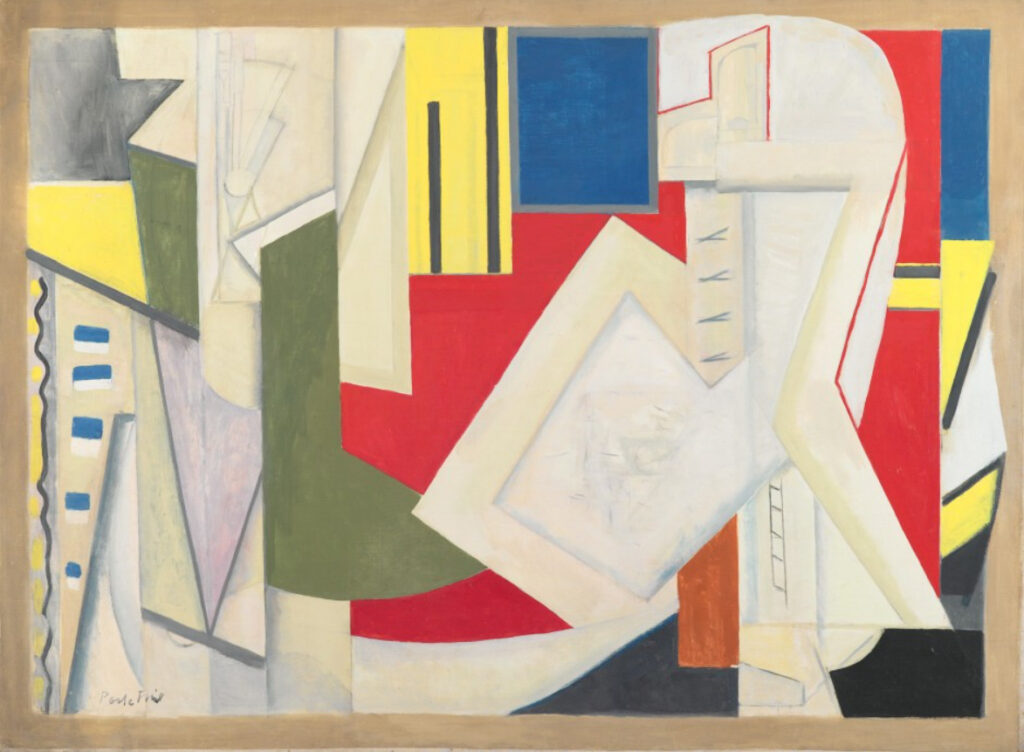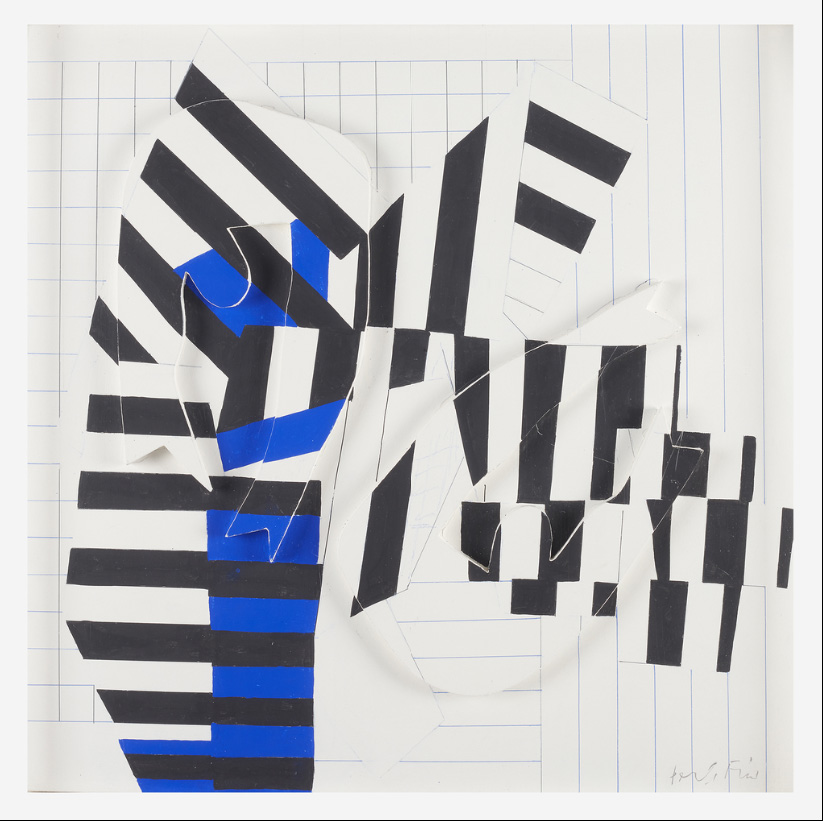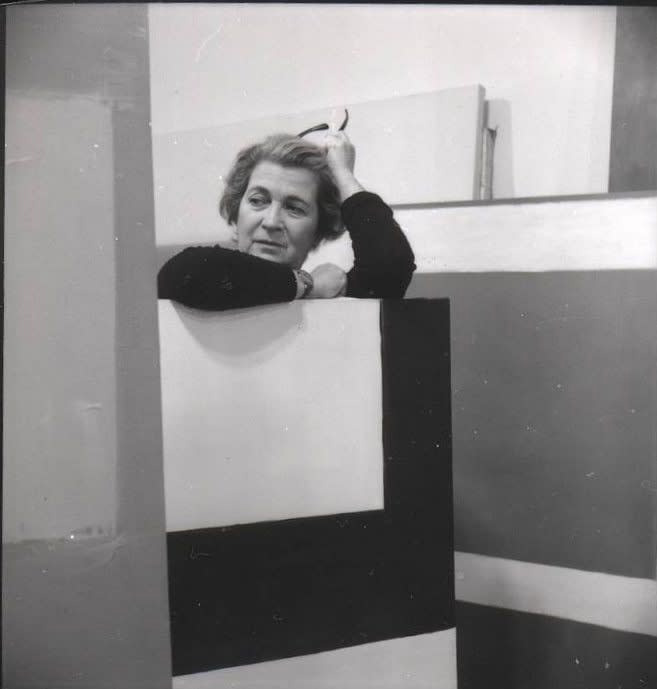The Irascibles: The Birth of American Abstract Expressionism
This photograph of New York-based Abstract Expressionist painters was published in Life magazine in January of 1951. The photograph, dubbed “The...
Tom Anderson 13 February 2025
To think about the Abstract Expressionists is almost certainly to picture Jackson Pollock with cans and brushes in hand, dripping paint into large canvases laid on the floor. It is what the majority of people have in mind when facing anything related to the movement. However, in recent years, we are seeing more women who were part of Abstract Expressionism being recognized. No longer muses or merely advocates, but as protagonists of the most important art moment of the USA in the 20th century. One of these artists is Perle Fine.

Perle Fine, Summer Studio #2, 1948. WikiArt.
Born in 1905, Perle Fine knew from a young age she wanted to be an artist. She studied illustration and graphic design in her hometown of Boston, then moved to New York where she continued her studies in painting at the Art Students League. Later followed by classes with Hans Hoffmann, a German émigré, that promoted the ideas of abstract painting. At the time, art education was predominantly offered to men, but many post-war women artists took classes with him.
At the beginning of the 1940s, she started to receive recognition when her works were included in exhibitions at Peggy Guggenheim’s Art of This Century Gallery and at the Museum of Nonobjective Painting (today the Guggenheim Museum).
Perle Fine was one of the few women that took part in “The Club”, a group of artists founded in 1949 led by Franz Kline and Willem de Kooning. Other members included Mark Rothko, Jackson Pollock, and Lee Krasner.
Although she (and other women of Abstract Expressionism) never received the same recognition and praise as her male counterparts in the past, she continued to have a long prolific career. She explored different materials and created collages and sculptures. Her works are part of important collections around the USA like the MoMA, the Metropolitan Museum, and Whitney Museum in New York, and the National Gallery of Art in Washington, DC.

Perle Fine, Focus & Reverse, 1966. Artsy
Fine dedicated her whole career to abstraction and throughout the years moved away from any type of reference to objects or nature. In the 1950s, she started to explore color in a more complex way and slowly left gesture painting behind.
The Prescience Series was created during this time, exploring fine layers of paint, stains, transparency, and the almost meditative effects of color.
The paintings in the Cool Series represent a definite break from the action painting of the abstract expressionists’ early years. Here Perle Fine explored simple compositions, using rectangles and squares in addition to one or two colors to create contemplative experiences for the viewer.
As well as other women of Abstract Expressionism, Perle Fine’s work is receiving increasing attention and credit as an important contribution to the movement, known as much for its plastic qualities as for its misogyny.
Museums and galleries have been showing exhibitions in which women are in the spotlight and their names are celebrated. Some shows in recent years include Women of Abstraction Expressionism at Denver Art Museum, USA, 2016; A Gesture of Conviction | Women of Abstract Expressionism at Setareh Gallery, Germany, 2019 and Labyrinth of Forms: Women and Abstraction, 1930-1950 at the Whitney Museum of American Art, New York, 2021-2022.

Photograph of Perle Fine. © A. E. Artworks, LLC. Photo by Maurice Berezov (Gazelli Art House).
DailyArt Magazine needs your support. Every contribution, however big or small, is very valuable for our future. Thanks to it, we will be able to sustain and grow the Magazine. Thank you for your help!